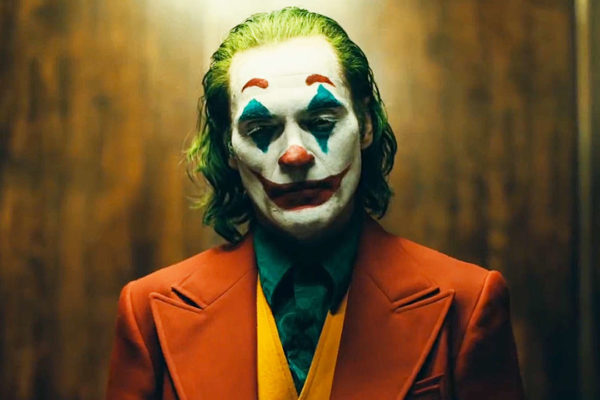In its second week, “Joker” is the No. 1 film in the world and the top grossing October release ever. Reasons for its acclaim have been well documented: the Oscar-worthy acting, the intriguing story and the lingering question of who exactly is the Joker’s father.
Yet as a psychologist and psychology professor, my reasons differ.
“Joker” provides a creative, innovative opportunity to look within our own psychology and challenges our rigid views of good and evil.
Carl Jung, the famous psychologist who split from his mentor Sigmund Freud, would have loved this movie. Jung wrote about the collective unconscious, a practical part of our genetic makeup. At the core of the collective unconscious are archetypes. These archetypes may get “activated,” becoming complexes or issues during times of stress or trauma creating havoc in our lives.
For Arthur Fleck, the main character, Joker was not only his self-designated name, but represented its archetypal, psychological significance for its viewers.
The Joker archetype lives in all of us, but it may lie dormant in the recesses of our minds. This movie forces us to take a look at that part of ourselves. When activated, the “Joker” uses humor as a defense, covering up pain and perceived injustices. Jokers resolve conflicts by bringing joy or a smile to others, deflecting momentarily their own pain. Seeing others entertained can bring short-term relief to sadness or unresolved wounds.
Fleck had plenty of both – and was given a bad starting hand. Apparently, nobody removed the jokers.
As viewers, we may relate to Fleck, or our inner Joker. Where do you use humor to deflect pain or sadness? When has comedy been a part of covering up tragedy or pain? And where can this style be healthy or unhealthy in our lives?
The other introspective angle pertains to the way the film challenges our tendency to categorize others into “good” or “bad” – “hero” or “villain.” We don’t want to acknowledge how people who commit atrocious crimes can have positive traits. Conversely, it’s hard to acknowledge that “good” people have destructive impulses.
Arguably, this is part of the problem of why our country is so divided. When people hold opposing political beliefs or values, we distance ourselves. We don’t want to see where we agree or connect with those coming at things differently. It’s easier, yet ineffective.
Interestingly, this part of the movie is also controversial. Some critics have frowned on how the movie creates a troublesome, empathic response from the audience for the lead character. True enough, it’s disturbing for some to feel empathy toward those who commit heinous acts. And the Joker definitely does just that, eventually evolving into one of the most legendary and timeless antagonists in motion picture history.
However, he is not all bad. None of us are. And that’s a lesson for all of us. Bad people have good traits just as good people have dark edges. Fleck cared for his mother, entertained kids in a cancer ward, tried to make an honest living, and longed to love.
The lesson is that it’s natural to feel compassion or sympathy for Fleck. And by way of being human, we share this duality of man nature. Further, it’s acceptable to feel compassion for the abuse, bullying and humiliation he endured – without endorsing his behaviors.
Having these feelings for the “bad guy” doesn’t cause anyone to head down a disturbing path. Doing so may even allow us to acknowledge our own “bad guy,” avoiding trouble, protecting us from harm to others and ourselves. For Jung, this was part of our Shadow, the parts of ourselves that are harder to recognize or acknowledge.
Good people have dark edges. Bad people have good traits. This movie is a psychological primer for that lesson and others.
People spend years in therapy working on these lessons. You may be able to get some of these insights in 122 minutes – for about $12. That’s cheap therapy.
Aaron B. Rochlen is a licensed psychologist and a professor of counseling psychology and counselor education in the College of Education at The University of Texas at Austin.
A version of this op-ed appeared in the Waco Tribune Herald.




